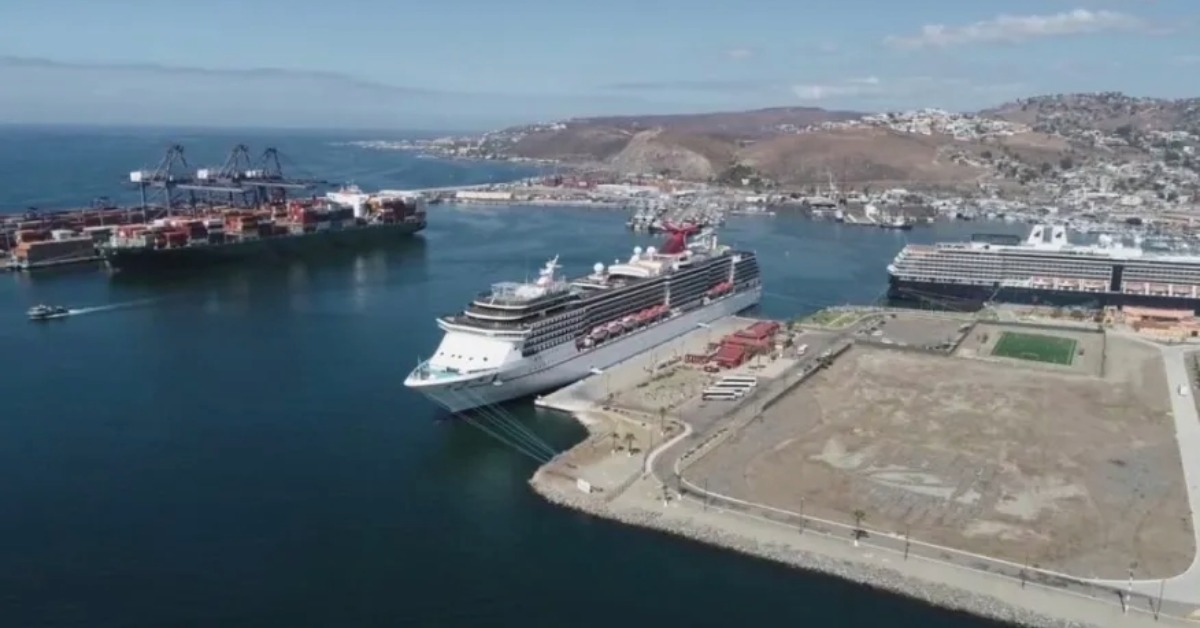Ensenada San Diego ferry permits delay persists as San Diego port says approvals and clean-air compliance remain incomplete despite claims of readiness . . .

Ensenada San Diego ferry permits delay persists as San Diego port says approvals and clean-air compliance remain incomplete despite claims of readiness . . .
